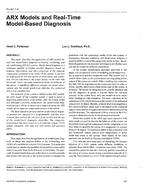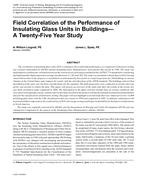Click here to purchase
Conducting an energy model simulation for building systems design is indispensable when designing for optimal energy efficiency. Without a critical understanding of the potential energy limitations and waste that a building might exhibit, the substantial financial increase of a project might inhibit the growth of environmental conservancy and progress in business. Computational software operated by professionals helps to sustain that growth. The Science Engineering & Technology (ET) building on the Indiana University – Purdue University Indianapolis campus provided the model for this study and allowed observation of the usability of three distinct software packages — eQUEST v3.65, Trace 700 v6.3.2, and EnergyPlus paired with OpenStudio V8.7.0 — and a comparison of the end results with actual utility data provided by Campus Facility Services. This was an attempt to identify the main challenges that building energy modeling software has yet to overcome and to evaluate the merits of the software packages regarding ease-of-use, detail, accuracy, and modeling options. It is shown that the two biggest challenges are 1) creating a model that accurately represents the physical building and its internal systems, and 2) accurate representation of usage and conditions to which the building will be subjected. The former can be mitigated by creating more user-friendly programs with a better system of checks and balances to identify errors in the physical model. The latter is highly complex, often due to the lack of data acquisition to represent the past and the absence of exacting foresight into the uses and conditions of the building. The results show that energy consumption can be calculated with error ranging of 11%-21% with eQUEST, between 18%-90% with Trane Trace 700 and between 5%-20% with EnergyPlus.
Citation: 2019 Winter Conference, Atlanta, GA, Conference Papers
Product Details
- Published:
- 2019
- Number of Pages:
- 9
- Units of Measure:
- Dual
- File Size:
- 1 file , 1.2 MB
- Product Code(s):
- D-AT-19-C003


